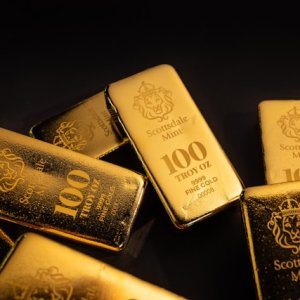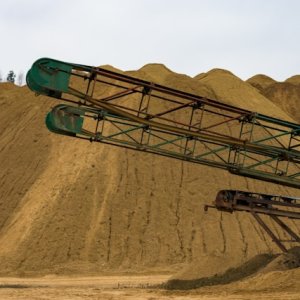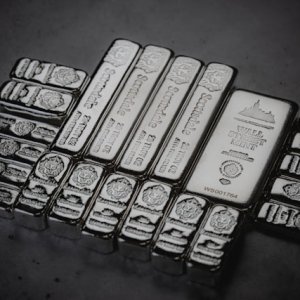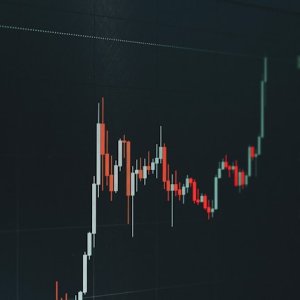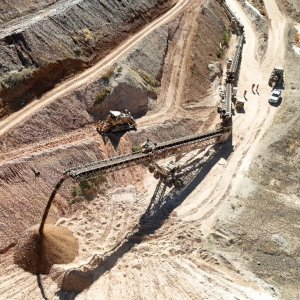Old Element Still Relevant Today

STORY INLINE POST
Q: What value can silver offer investors looking to diversify their portfolio?
A: Silver has been considered a precious element for 6,000 years. It was first used as a currency in 700BC and has had a role as a trading metal in nearly every ancient and modern culture. From the drachma of the ancient Greeks, which contained an eighth of an ounce of silver to the Roman denarius and the British pound sterling, which designated a specific weight amount of the element, silver has long held a special place as a store of value. Today, its intrinsic value persists. It is considered a secure and affordable investment and has earned a place in the portfolios of many different types of investors for that reason. For example, Individual Retirement Account (IRA) participants may choose to include silver bullion coins and bars in their portfolio, provided that they are of a fineness of at least 99.9 percent silver. Relatively insulated from the volatility of the markets, silver’s value has been proven as a precious metal and time-tested commodity.
But there are regulatory issues that are facing the industry. The London Bullion Market Association (LBMA) Silver Price, an important benchmark, is going through change with new administrators bidding to offer the services. Beyond that, the global economy is still sluggish, and we are hopeful that it starts to pick-up steam.
Q: In what ways does The Silver Institute work alongside its members to develop the global silver market?
A: The Silver Institute is a nonprofit international association that draws its membership from across the breadth of the silver industry. Established in 1971, the Institute serves as the industry’s voice in increasing public understanding of the many uses and values of silver. The goals of the institute are to encourage the development and uses of silver and silver products, help develop markets for silver, foster research and development related to the present and prospective uses of silver, and to spread knowledge and understanding of the uses of silver. We also collect and publish statistics and other information about production, distribution and consumption of silver, aiming to develop methods for improving the welfare of the silver industry.
Q: What role does Mexico have within the context of the global silver industry?
A: Mexico is a leader in silver mining and has been for many years and projects like Fresnillo’s Juanicipio are set to keep levels high in the next few years. Mexico, North America’s largest producer and accounting for 79 percent of the regional total, had lower output last year but was still the world’s largest producer. The nation reported a 3 percent or 5.8 milllion ounce year-on-year contraction, compared to modest gains in the US and Canada, respectively higher by 0.3 million ounces (10 tons) and 0.8 million ounces (25 tons). The fall in Mexico, the first since 2003, brings an end to 12 years of uninterrupted growth which delivered a remarkable Compound Annual Growth Rate (CAGR) of 8 percent. That said, many analysts still believe that Mexico will continue to be the leading producing country.
Q: Given the ever-increasing demand for silver, what can the industry do to avoid creating a global deficit?
A: In 2016, there was a deficit of 147.5 million ounces of silver. The physical balance recorded a deficit for the fourth successive year, albeit a markedly smaller one of 20.7 million ounces (643 tons). Arguably the key reason for the smaller deficit was the softer offtake from retail investors of coins and bars after the record level of 2015.
Solar will remain strong and is important to silver demand. Photovoltaic (PV) demand for silver totaled 76.6 million ounces in 2016, a 34 percent surge from the previous year. This marks the second consecutive year of increases in this sector, and was driven by a 49 percent increase in global solar panel installations. Investment should pick up and if the global economy improves, so too will industrial demand. Following a 4 percent fall in 2015, industrial fabricators consumed 561.9 million ounces (17,478 tons) of silver last year, a drop of just over 1 percent or 7.7 million ounces.







